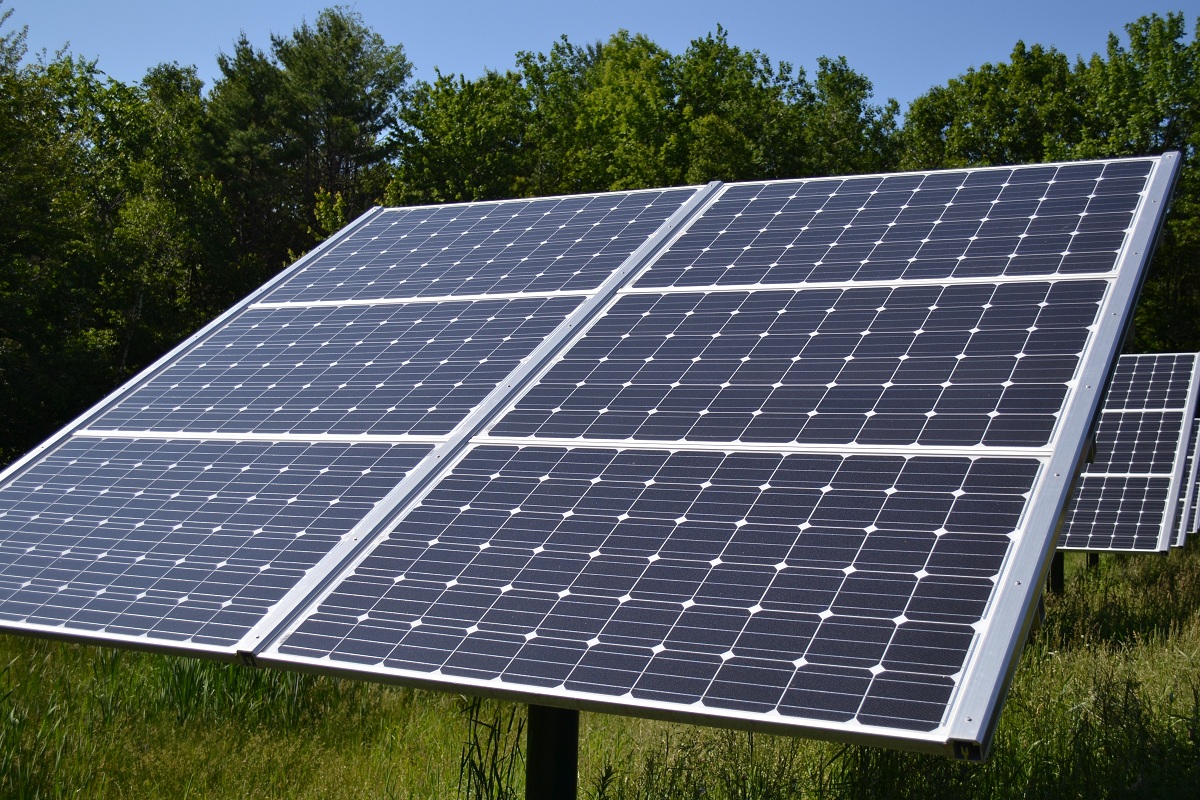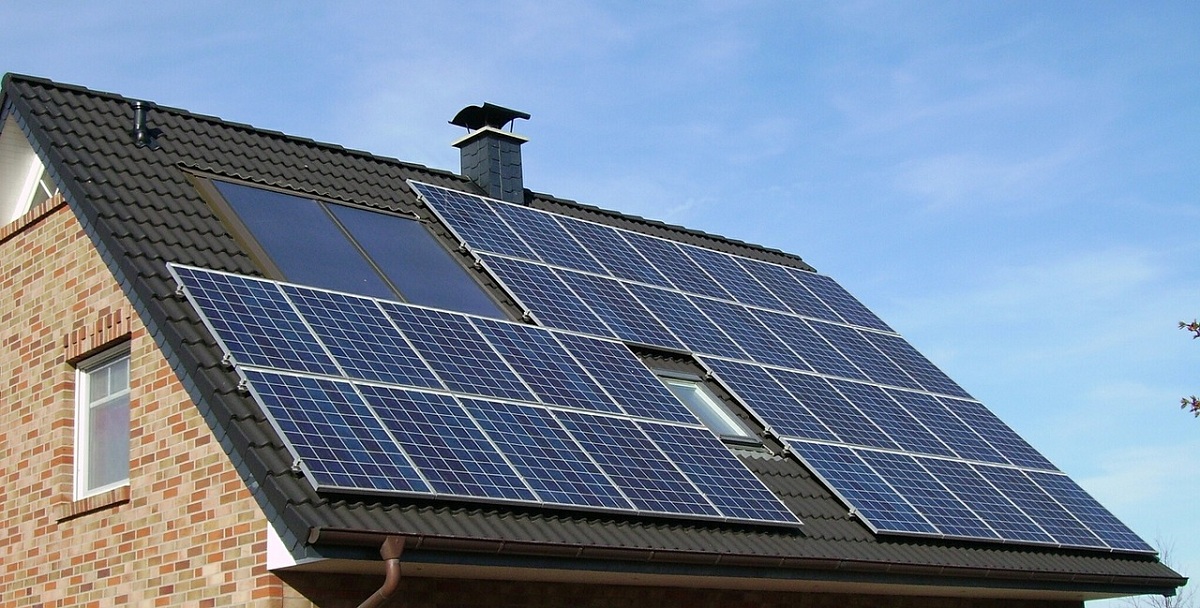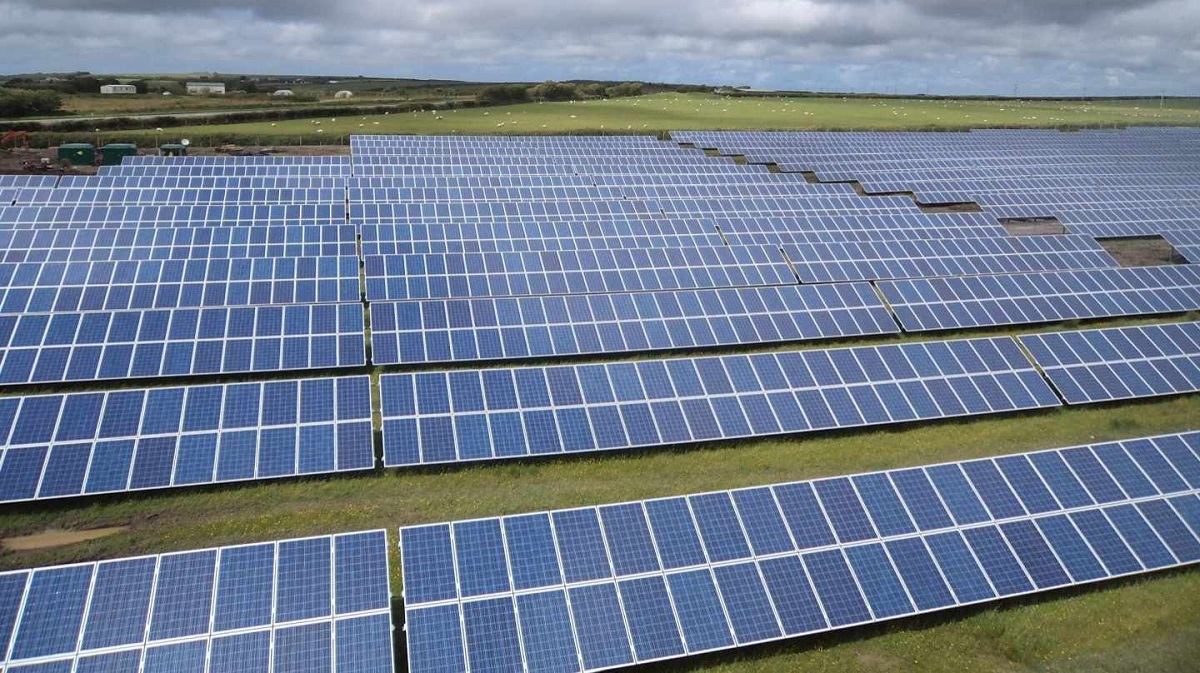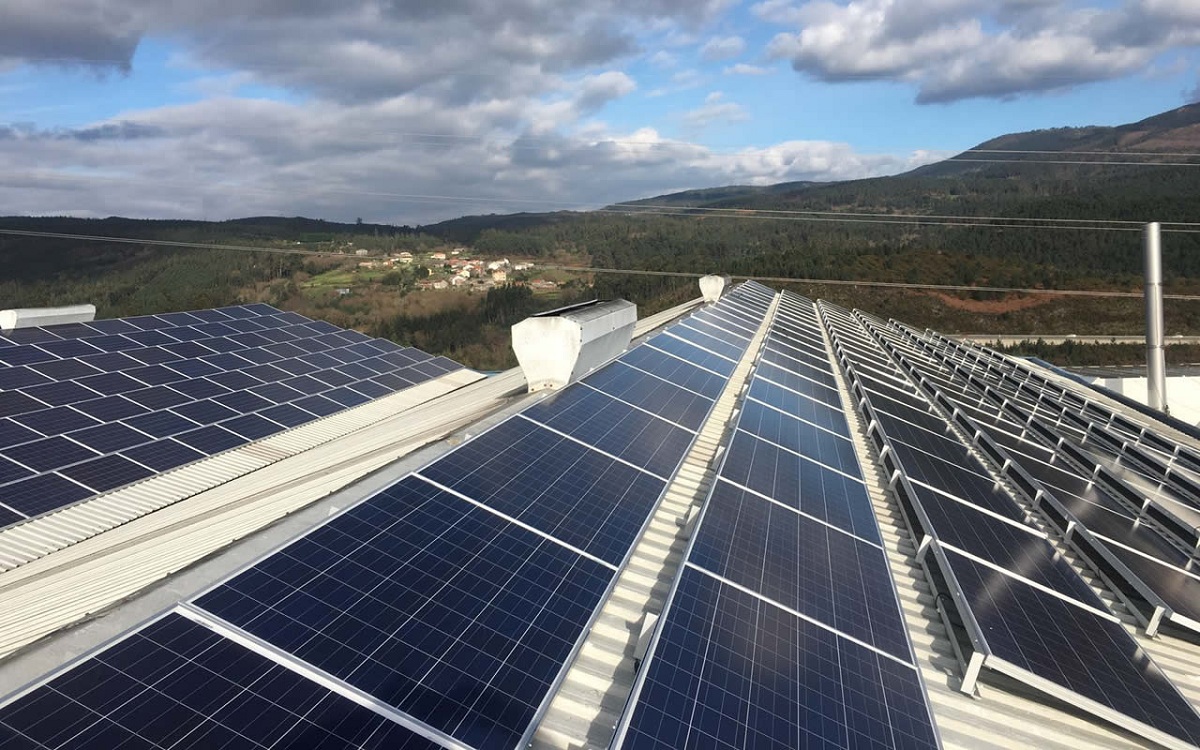
The production of solar energy has evolved by leaps and bounds over the years and as technological development. Both in the case of large solar parks and small self-consumption facilities, they work with photovoltaic solar panels. The increase in self-consumption in Spain is quite noticeable in recent years. And it is that more and more homes have opted for photovoltaic installations for various reasons. One of them is the savings in the electricity bill and the environmental responsibility that times are demanding.
In this article we are going to tell you all the characteristics and operation of photovoltaic solar panels.
Key features

Photovoltaic solar panels are capable of generating electrical energy through the sun. It is a completely renewable energy and not at all to pollute the environment. The advantage of this type of renewable energy is that it is generated automatically with the energy that comes from our sun. The operation of solar panels is mainly based on the photovoltaic solar cell that is responsible for transforming the sun's energy directly into electricity using photoelectric energy.
Photovoltaic energy is the property that certain materials have to be able to generate an electric current when they are subjected to solar radiation. This occurs when energy from the sun releases electrons to create a flow of electrical energy.
The solar panel is made up of a series of photovoltaic cells. They are layers of silicon composed of phosphorus and boron that can generate an electrical charge when they receive solar radiation. They are capable of synthesizing into a module so that the voltage can be adjusted to a DC system that is usable.
The energy that is generated by connecting to a current inverter is transformed into an alternating current that can be used for household appliances. It is common would be the module for the voltage can be adjusted to both direct current and alternating current systems. All alternating current is the mode of energy consumed during the day and can be supplied by solar panels.
It should be taken into account that the voltage provided by the photovoltaic cells is always regular and linear, so the amount of current supplied depends on the intensity at which the sun shines. This makes the performance that solar panels provide so photovoltaic depends largely on the intensity of light. This varies depending on the time of day, the time of year and the climate where we are.
How to calculate the power of photovoltaic solar panels

It is necessary to be able to calculate the electrical power of the photovoltaic solar panels to be able to calculate the power of the module. When it comes to coming or calculating the performance of the panels, the measurement used in the modules is watts peak (Wp). This measurement is used as a reference that serves to measure the performance of solar panels and to establish some comparisons between them. In this way, we can know the characteristics of each one of them and see which one is needed at all times. Most of these characteristics represent the performance provided by photovoltaic solar panels given to a standard amount of radiation and temperature from the sun.
All this or it is necessary when sizing a photovoltaic installation, whether in a home or a public entity. It is important to analyze how many peak watts can be installed in order to obtain the maximum possible self-consumption capacity. It should be borne in mind that in homes the consumption of electricity varies in the time of year and the hours of the day. There will be time of day where there are several electrical appliances connected at the same time and a greater electrical supply is needed to satisfy the demand. On the other hand, we must also take into account the time of year. In summer, a large part of the energy needs to be used to cool the home.
When calculating the size and performance of a photovoltaic solar panel installation, all factors must be considered, taking into account both your geographical area and the orientation and angle of the roof on which it is to be placed. This is how it is possible to analyze consumption and expectations well to estimate the size of the installation that best suits the needs of each home.
Types of photovoltaic solar panels

Let's see what are the main types of photovoltaic solar panels that exist today:
- Amorphous Solar Panels: they are less and less used and are characterized by not having a defined structure. It usually loses quite a lot of energy efficiency during the first months of operation.
- Polycrystalline solar panels: They are composed of crystals that are oriented differently and are distinguished by having a bluish hue. The manufacturing process has the advantage of being cheaper, but at the time of its use it is a less efficient product.
- Monocrystalline solar panels: They are considered higher quality products since they have cells that form the panel and are made up of a single, high-purity silicon crystal that is solidified at the same temperature. These solar panels provide greater efficiency and performance since they allow electrons to move more freely. Although the manufacturing process is more expensive, a higher quality product is produced much more efficiently. It is after all what you are looking for.
Which solar panels are better
The most recommended are monocrystalline ones. Amorphous begin to be obsolete as they want efficiency very quickly. The only advantage they grant polycrystalline panels is a lower price. Its manufacturing process is less expensive, but it does not have the same efficiency as monocrystalline ones.
Although their cost is more expensive, monocrystalline plates have a higher degree of efficiency, a slightly higher performance, are more heat tolerant and aesthetically more decorative.
I hope that with this information you can learn more about photovoltaic solar panels and their operation.